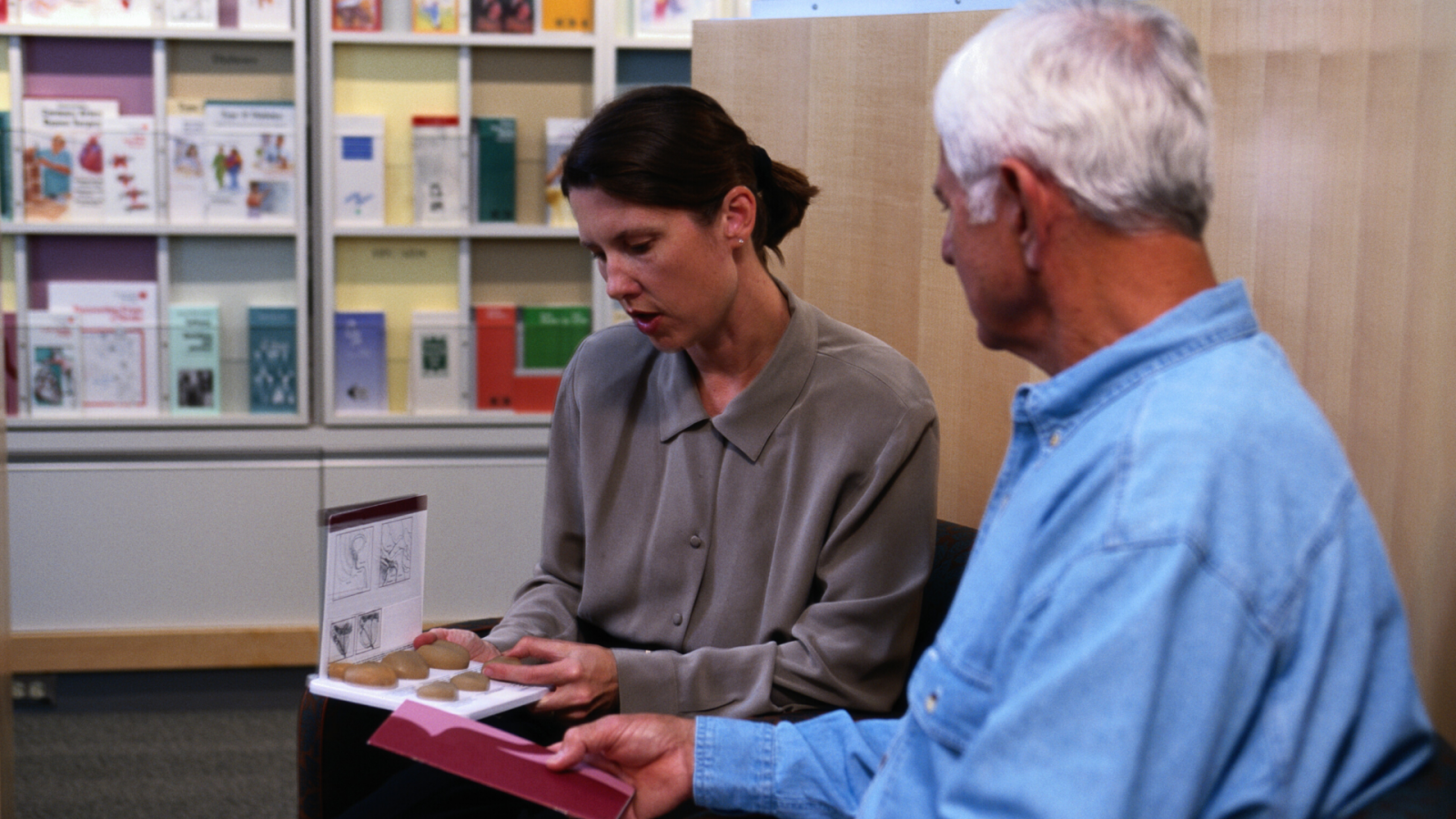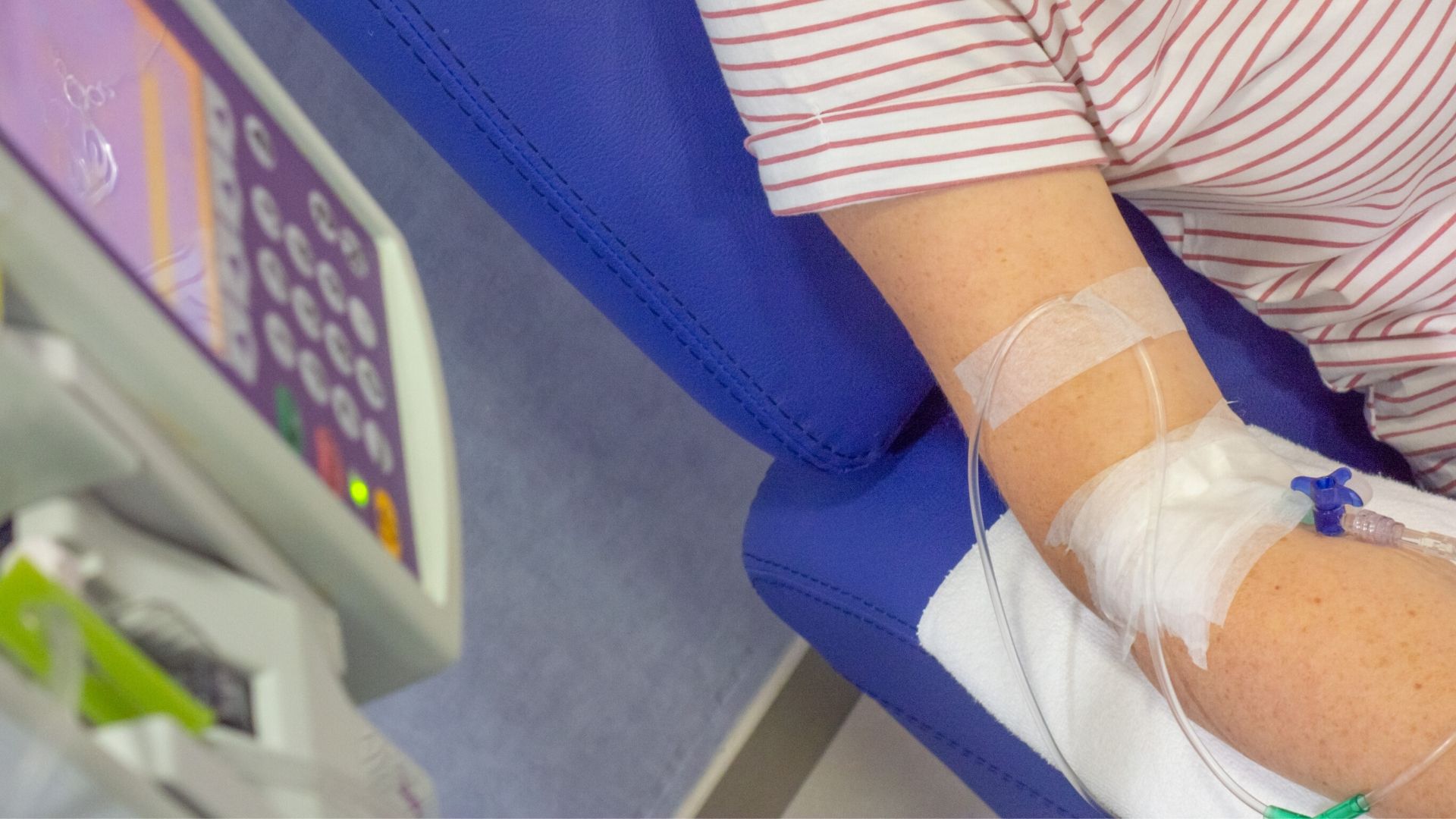How is multiple myeloma treated?

The aim of treatment is to control the multiple myeloma and slow its growth. You will also have treatment to relieve any symptoms you have.
There is no standard treatment, because the disease affects everyone differently. Usually you will have more than one type of treatment.
The best treatment for you will depend on:
- The stage of the multiple myeloma
- The type of multiple myeloma you have
- If you have symptoms
- Your age and general health
- What treatment you may have had before
- Any side-effects you have
Remission and relapse: Remission is when the symptoms of multiple myeloma disappear and the bone marrow recovers. This is not a cure and the myeloma can come back again (relapse). Often multiple myeloma patients have a number of remissions and relapses.
- Active monitoring. If you have smouldering myeloma and show little or no signs of active myeloma you may have regular blood and urine tests to check your condition. This means you can avoid unnecessary treatment - you will only have treatment if your condition changes. Read more about having active monitoring.
- Chemotherapy. Drugs that kill the multiple myeloma cells. Read more about chemotherapy.
- Targeted therapies and immunotherapies. These drugs work in different ways to treat myeloma. Read more about targeted therapies and immunotherapies.
- Steroids. Drugs that can make other treatments like chemotherapy work better. They may also improve symptoms like fatigue and nausea. Read more about steroids.
Combination therapy: Often you will have a combination of different drugs. For example, different chemotherapy drugs, targeted therapies and steroids.
High-dose therapy and stem cell transplant
Depending on your condition, you may be suitable for intensive treatment involving high doses of chemotherapy followed by a stem cell transplant. A stem cell transplant is when healthy stem cells are collected from your body before you are given very high doses of chemotherapy. After the chemotherapy the healthy cells are returned to you. They can restore the bone marrow destroyed by the high doses of chemotherapy.
This is an intensive treatment, so it isn’t suitable for everyone. This treatment can help you to stay well or in remission for longer. You will probably take drugs for a couple of months after the transplant. This is called consolidation therapy, and it can help to keep myeloma in remission for longer. Read more about stem cell transplants.
Maintenance therapy: After your first treatment, you may be given a low dose form of treatment for a longer period of time. The goal is to prevent the disease progressing for as long as possible, so that you have a good quality of life. These drugs can prevent or delay the multiple myeloma from returning. But remember that not everyone will benefit from maintenance therapy. The benefits will have to be balanced against any side-effects you might get.
Radiotherapy
Radiotherapy involves aiming high-energy rays at an area of bone damage and pain to relieve symptoms. It may also be used at the site where a myeloma tumour (plasmacytoma) has been removed to kill any myeloma cells that may remain.
When radiotherapy is being used for pain relief it is called palliative radiotherapy. You may have treatment every day for a week or 2, or less often. Sometimes you only need one treatment.
Relapsed or resistant multiple myeloma
Even after a successful course of treatment, multiple myeloma often returns. This is called relapsed multiple myeloma. Your doctors will offer you further treatment. Read more about treating relapsed or resistant myeloma.
Treating symptoms / supportive care
Supportive care is extra treatment given to help with side-effects and symptoms. For example:
- Kidney problems
- Bone weakness and pain
- Spinal cord compression
- Blood problems
- Infections
Read more about treating myeloma symptoms.
For more information
Phone
1800 200 700





